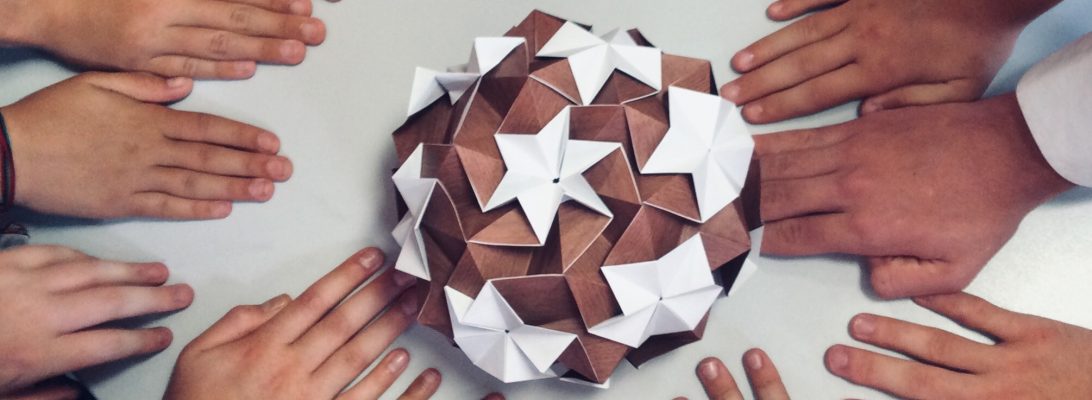Sometimes I just need to fold, it is difficult to explain but I find great clarity in wrestling with complex geometry. We ALL have much to learn GRASSHOPPER. 
Having bought Robert Lang’s “Origami Insects Volume 2” I thought it was high time to fold something from it.
Lang’s models are great technical exercises, amazing manipulations of the plane to the extraordiary.
I am also searching for a model to use a sheet of Origamido paper I have on, but will not use it as a first fold – it costs too much.
There is lots to like with this model, and it was a good WTF exercises – sadly my origami friends probably recognised it immediately and my other friends had no clue.


































